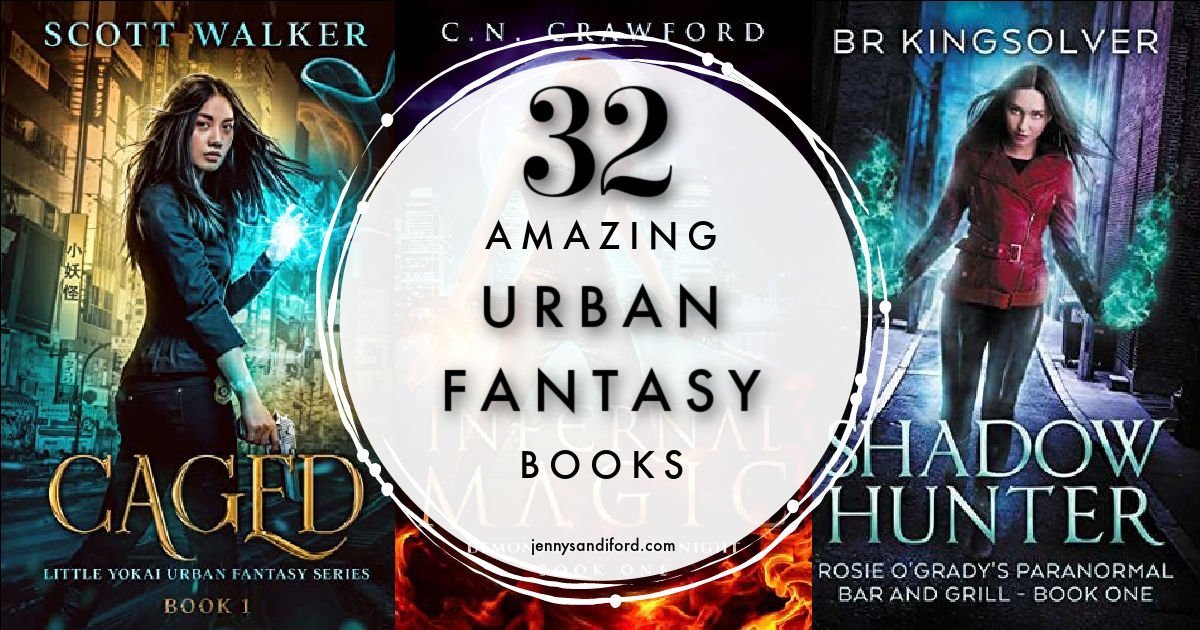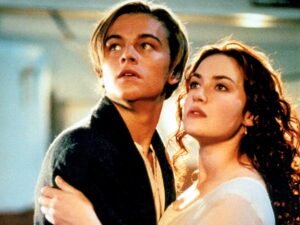Urban fantasy has become a prominent genre in young adult (YA) literature, captivating readers with its blend of magical elements and contemporary settings. This genre’s rise in popularity reflects a growing interest in narratives that intertwine the fantastical with the everyday, offering readers a unique and relatable escape from reality. This article explores the factors contributing to the rise of urban fantasy in YA literature, its appeal to young readers, and its impact on the genre.

Appeal of Urban Fantasy to Young Adults
Relatable Modern Settings
Urban fantasy often features contemporary urban settings that resonate with young adult readers. By placing magical elements within familiar environments, such as cities, schools, or neighborhoods, the genre creates a bridge between the ordinary and the extraordinary. This relatability allows readers to see themselves in the story while engaging with the fantastical elements.
Exploration of Identity and Empowerment
Urban fantasy frequently explores themes of identity, self-discovery, and empowerment, which are particularly relevant to young adult readers. Characters in these stories often grapple with their unique abilities, navigate complex relationships, and confront personal challenges. These themes resonate with readers as they explore their own identities and seek empowerment in their lives.
Escapism with a Modern Twist
Young adults are drawn to urban fantasy for its blend of escapism and contemporary relevance. The genre offers an escape from everyday life while grounding the story in modern realities. This combination allows readers to immerse themselves in magical worlds while still relating to the characters’ everyday struggles and triumphs.
Key Characteristics of Urban Fantasy in YA Literature
Contemporary Urban Settings
Urban fantasy in YA literature is characterized by its contemporary urban settings where magical elements are seamlessly integrated. These settings often include bustling cities, high schools, and suburban neighborhoods, providing a familiar backdrop for fantastical events. The juxtaposition of the magical and the mundane creates a compelling and immersive experience for readers.
Young Protagonists with Magical Abilities
The genre typically features young protagonists who discover or possess magical abilities. These characters often face challenges related to their newfound powers, including learning to control them, navigating their impact on their lives, and confronting supernatural threats. The focus on young protagonists allows readers to connect with the characters’ journeys and struggles.
Blending of Genres
Urban fantasy in YA literature often blends elements from other genres, such as romance, mystery, or adventure. This genre-mixing adds complexity and variety to the narrative, appealing to a broad range of interests. For example, a YA urban fantasy might combine magical elements with a romantic subplot or a thrilling mystery, creating a multifaceted reading experience.
Social and Cultural Themes
Urban fantasy frequently addresses social and cultural themes relevant to young adults, such as identity, diversity, and social justice. The genre provides a platform for exploring these issues through the lens of magic and the supernatural. By incorporating themes such as LGBTQ+ representation, racial diversity, and mental health, urban fantasy resonates with a diverse audience and promotes inclusivity.
Influential Urban Fantasy YA Series
“The Mortal Instruments” by Cassandra Clare
This series, set in modern-day New York City, follows a teenage girl who discovers she is part of a hidden world of demon hunters. The blend of contemporary urban settings with intricate magical lore has made it a significant influence in the genre.
“Harry Potter” by J.K. Rowling
Though more commonly categorized as a fantasy series, the “Harry Potter” books have had a profound impact on the urban fantasy genre in YA literature. The series’ setting of Hogwarts, combined with its magical elements in a contemporary world, has paved the way for many subsequent urban fantasy works.
“The Raven Cycle” by Maggie Stiefvater
This series combines elements of urban fantasy with a rich narrative focused on magic, prophecy, and friendship. Set in a small town with a blend of contemporary and mystical elements, it showcases the genre’s versatility and appeal.
“Shadowhunters” by Cassandra Clare
Part of “The Mortal Instruments” universe, this series further explores the world of demon hunters and magical creatures in a modern urban setting. Its success has contributed significantly to the rise of urban fantasy in YA literature.
The Impact of Urban Fantasy on YA Literature
Diverse Representation
Urban fantasy has expanded the representation of diverse characters and experiences in YA literature. By incorporating a range of backgrounds, identities, and experiences into its narratives, the genre has fostered greater inclusivity and resonance with a broad audience.
Innovation and Genre Evolution
The rise of urban fantasy has led to innovative storytelling techniques and genre evolution. Authors continue to push the boundaries of the genre, experimenting with new concepts, blending genres, and exploring fresh themes. This innovation keeps the genre dynamic and relevant to contemporary readers.
Cultural and Social Influence
Urban fantasy reflects and engages with contemporary cultural and social issues, providing a platform for discussing important topics through fantastical narratives. The genre’s ability to address real-world concerns while immersing readers in magical worlds enhances its impact and relevance.
Conclusion
The rise of urban fantasy in young adult literature represents a fusion of the magical and the modern, offering readers a unique and relatable escape into fantastical worlds. By integrating contemporary settings, exploring themes of identity and empowerment, and blending genres, urban fantasy has captivated a new generation of readers. Its influence on YA literature continues to grow, reflecting a dynamic and evolving genre that resonates with the diverse experiences and interests of young adults.

